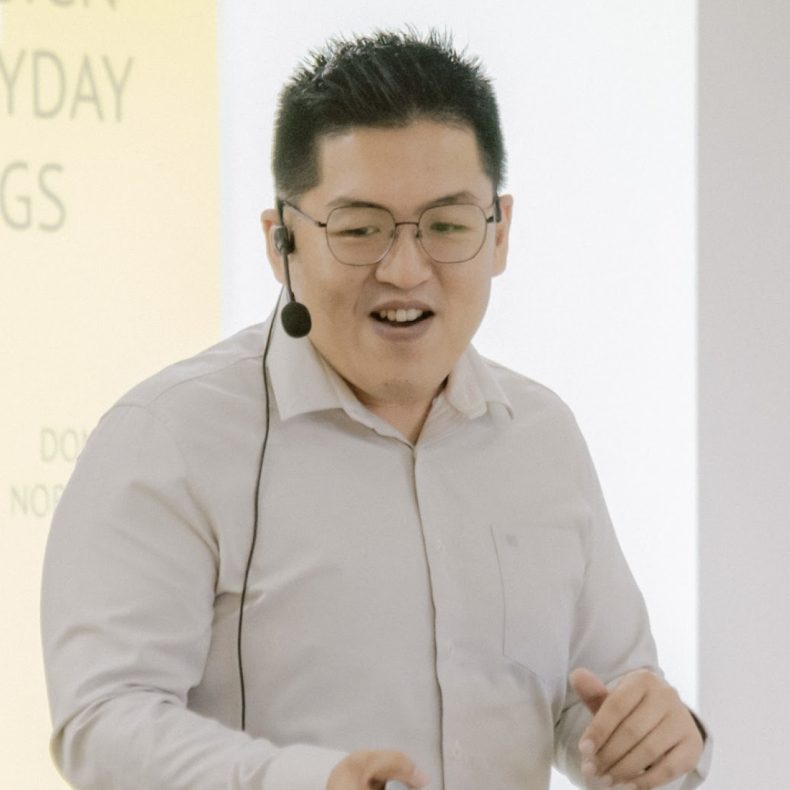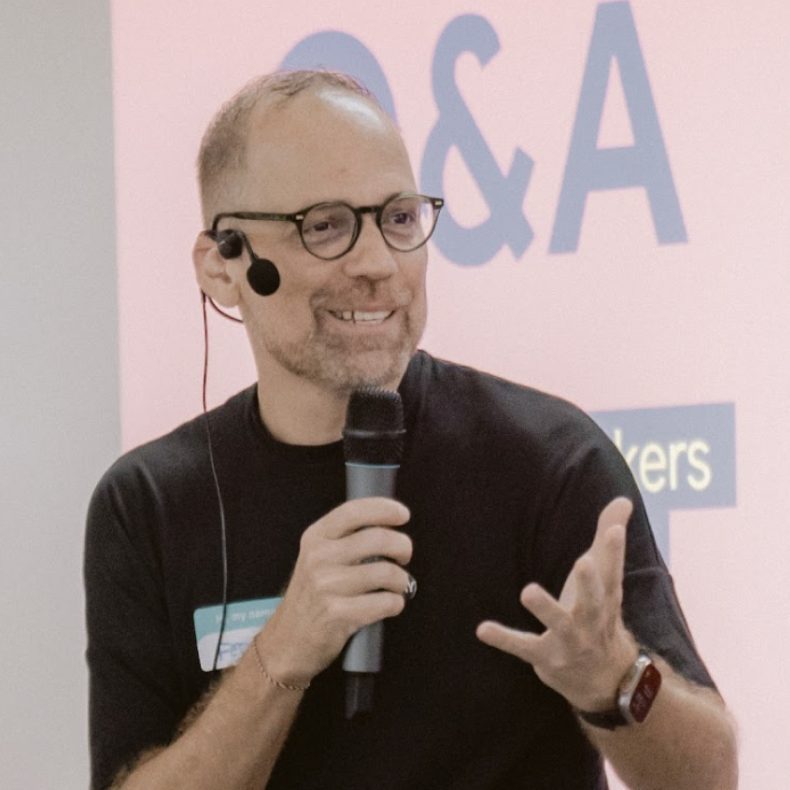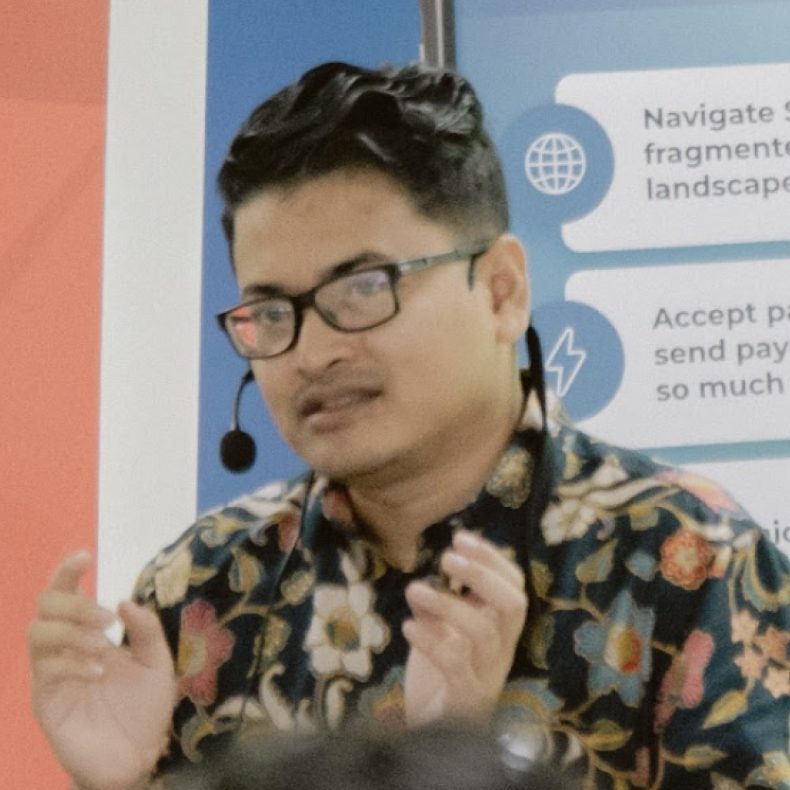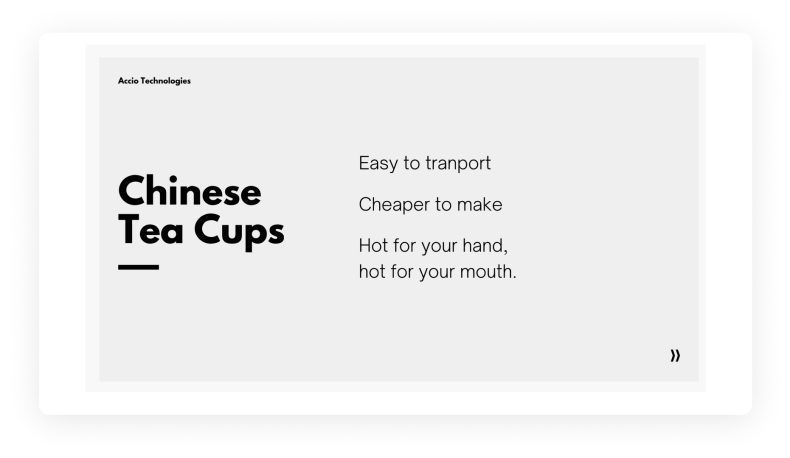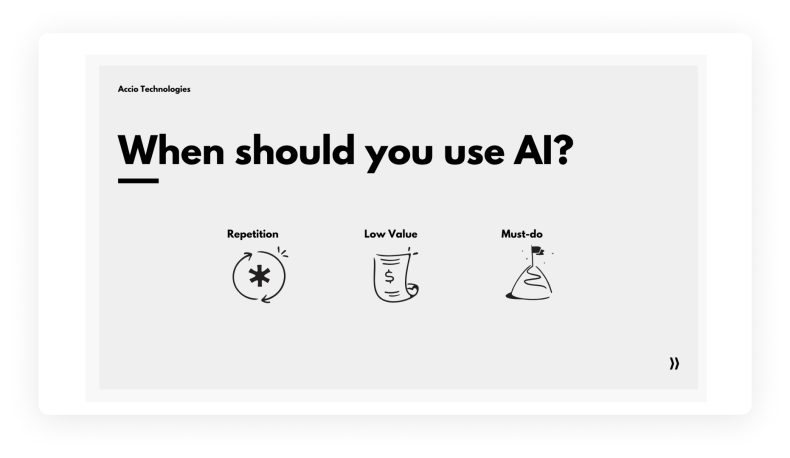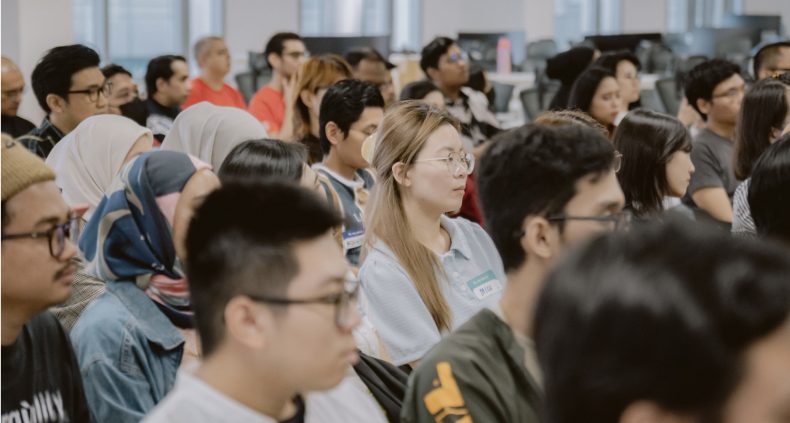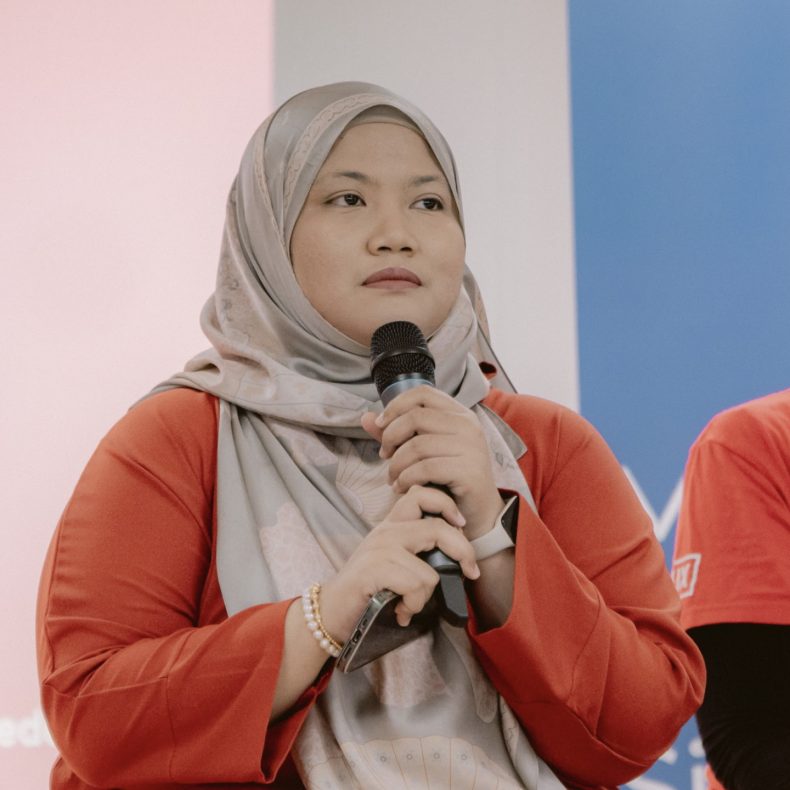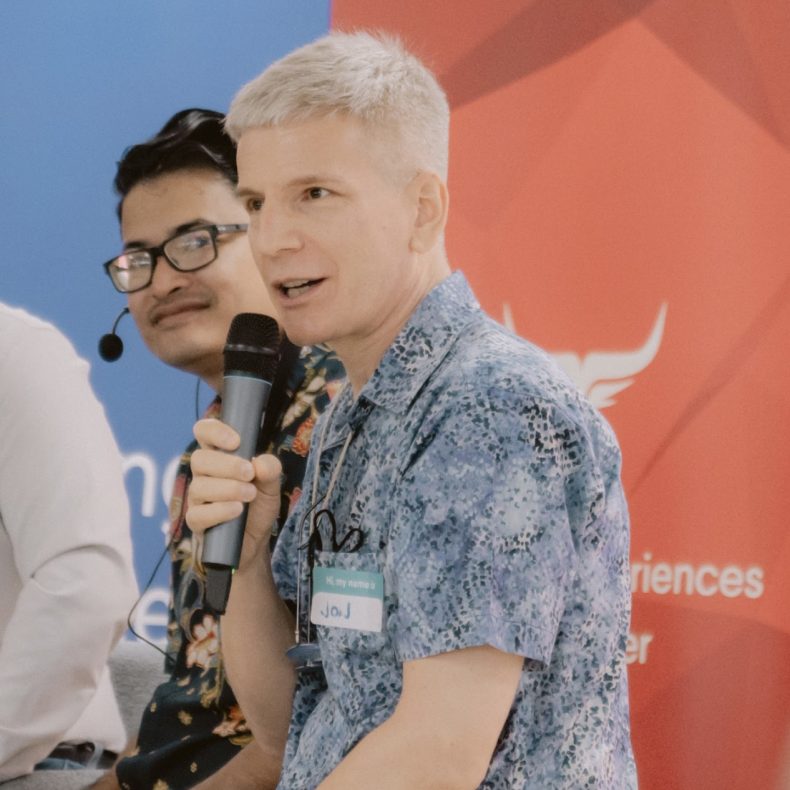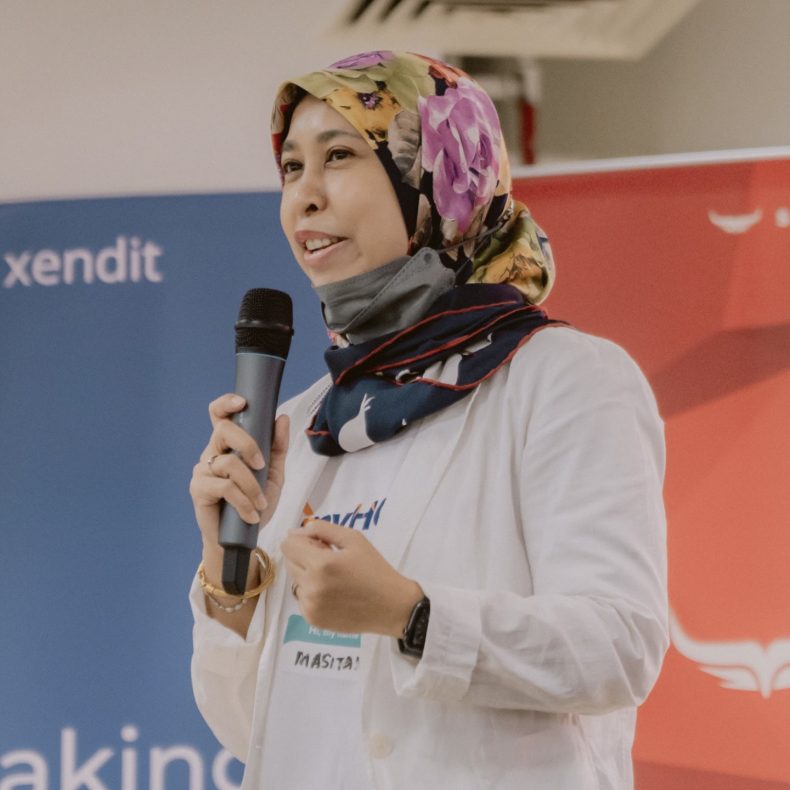Design and technology are industries where precision, personalisation, and efficiency are increasingly sought after. At Stampede Makers 7, we explored how data and AI are shaping the future of design. Held at Xendit KL in March, the event brought together designers, technologists, and curious minds to see how these tools are transforming the way we work.
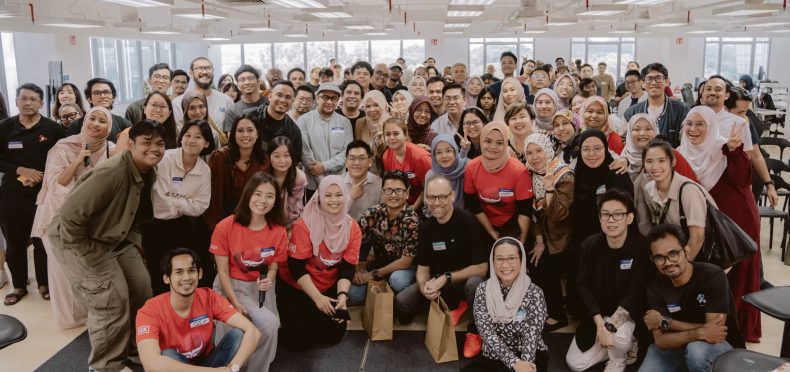
Stampede Makers is a quarterly event that celebrates the designers and builders in all of us. Run by the team at Stampede, it gathers those who are advancing their craft in design and technology to create better, more thoughtful worlds.
Makers 7 raised an important and timely question. As designers, our job has always been about solving problems creatively, but with data and AI, we’re stepping into a new reality where the boundaries of what we can achieve are expanding. Instead of getting bogged down by repetitive tasks, AI is helping us focus on what really matters—creating meaningful value and bringing innovation to the forefront.
Illuminating the way for us were three distinguished speakers from the fields of data science, design, and business, each offering unique perspectives on the integration of AI in design.
Dr. Lau Cher Han, Malaysia’s foremost expert in data science, is renowned for his human-first approach to technology. With extensive experience in AI and data-driven solutions, Dr. Lau has helped industries across the board harness AI to create meaningful, user-centred applications. His keynote explored how designers can leverage AI and data not only to diagnose problems but to foster innovation and design sustainable, human-focused solutions.
Pedro Custódio, Design Leader at EY Malaysia, is deeply engaged in UX and innovation, and a strong advocate for grassroots community initiatives. Pedro shared his insights on how AI is reshaping the role of designers, emphasizing the importance of human creativity in combination with AI’s capabilities. His perspective provided valuable direction for those seeking to enhance their design processes with AI.
As CEO of KATSANA, Syed Ahmad Fuqaha Sd Agil has led the integration of AI and data into telematics and mobility solutions. His focus on developing user-centric innovations, particularly in creating safer and more efficient transportation systems, offered a practical demonstration of how data is essential in designing impactful, real-world solutions.
If there’s ever a brain trust for designing human-centred AI in Malaysia, this is it.
A new era of design
During his keynote, Dr Lau shared how AI and data are opening new possibilities in design. To him, the key to successful technology is not the tech itself but understanding human psychology. “Psychology-driven solutions are always cheaper than technology-led solutions,” a powerful insight that underlines the importance of designing with human needs and behaviour in mind, not just relying on advanced tools.
Dr Lau took the audience through his journey of moving from the purely technical side of things to a user-centric design approach. He illustrated this with stories of everyday design decisions, such as why traditional Chinese teacups lack handles—they are easier to transport, cheaper to produce, and signal usability (if the cup is too hot to hold, it’s too hot to drink). These subtle considerations of user experience highlight how design can shape behaviour in ways that technology alone cannot.
He also shared that while AI can help automate repetitive tasks, such as generating proposals or analyzing large data sets, its real value lies in uncovering hidden insights—patterns that aren’t immediately visible to the human eye. This capability makes AI a powerful tool in user research, where it can sift through large amounts of qualitative data to provide more accurate and insightful feedback.
To him, AI is not about replacing human creativity or empathy but about enhancing it. While AI can assist with tasks like role-playing user personas or simulating usability tests, the human aspect—especially the emotional and empathetic connection—remains irreplaceable. He concluded that “AI can offer emotions, but only humans can give the full spectrum of empathy and emotional experiences.”
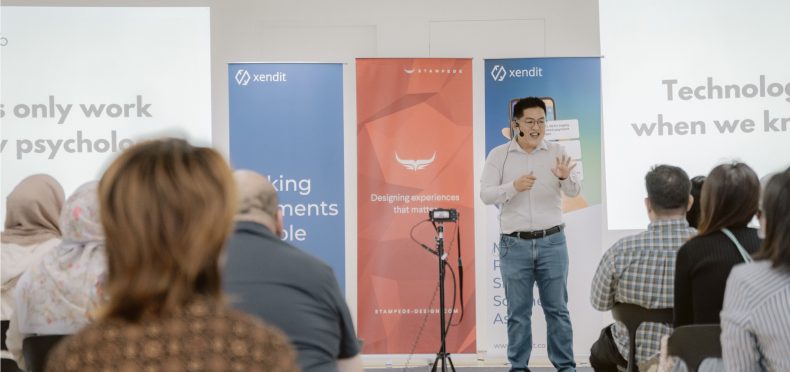
The shift from manual to meaningful work
A few years ago, we worked with a team of data scientists on an engineering app that reduced the time it took to predict equipment failures from two weeks to 15 minutes. Not only that, but it also recommended the best time window for balancing cost and risk. We expected some pushback from users, thinking they might feel their work was becoming obsolete.
Instead, they embraced it. Why? Because it took away the tedious parts of their job, freeing them up to create bigger value for the company.
This mirrors Pedro’s point on how AI isn’t about replacing our work. AI now allows us to enhance our ability to focus on more valuable tasks. As this liberates designers from mundane, repetitive work, it creates opportunities for us to channel our energy into solving higher-order problems that demand creativity and innovation. Pedro also noted how AI can give us a sense of empowerment—allowing us to accomplish more with the same or even fewer resources.
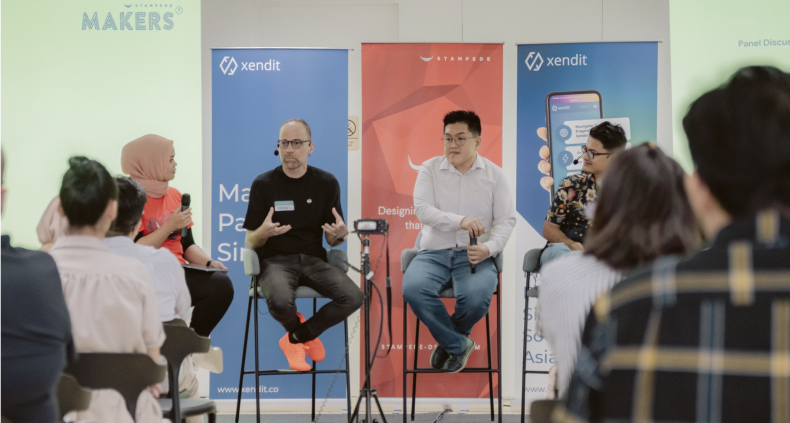
Designing the future, together
In the panel discussion, Pedro and Fuqaha shared real-world examples of how data and AI are transforming user-centred innovations. As a practising designer, Pedro brought home the point that while AI can enhance our capabilities, it’s crucial to understand its limitations and work alongside these systems—not against them. He advocated for effective collaboration between designers and AI, where we leverage AI’s strengths but retain creative control of our work. This balance, as he put it, is key to maintaining our value as designers in an AI-driven world.
Data and AI are not here to take over—they’re here to make us better, more focused designers who can deliver greater impact.
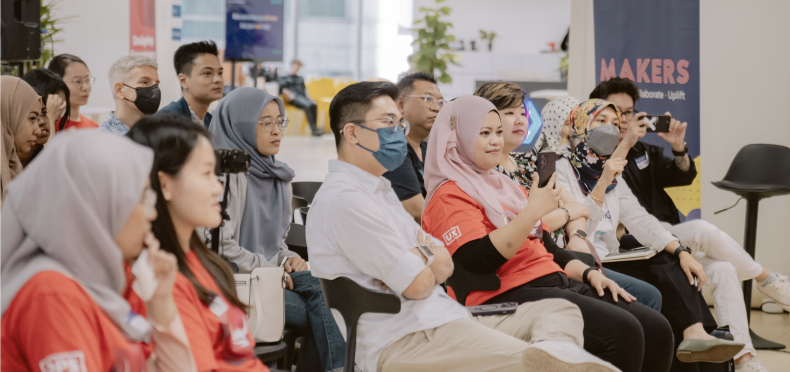
Looking ahead
Makers 7 showed us that designers today have an opportunity like never before. With data and AI integrated into our workflows, we can create more impactful, sustainable, and user-centred solutions. The future of design has never been about the tools—it’s about how we use them to understand, serve, and delight users in ways we never could before.
I am excited and optimistic about where design is heading and the designers’ role in it. How about you?
Thank you for being part of our community of designers and builders of the future. To creating better worlds together, and see you at Makers 8 in June!
